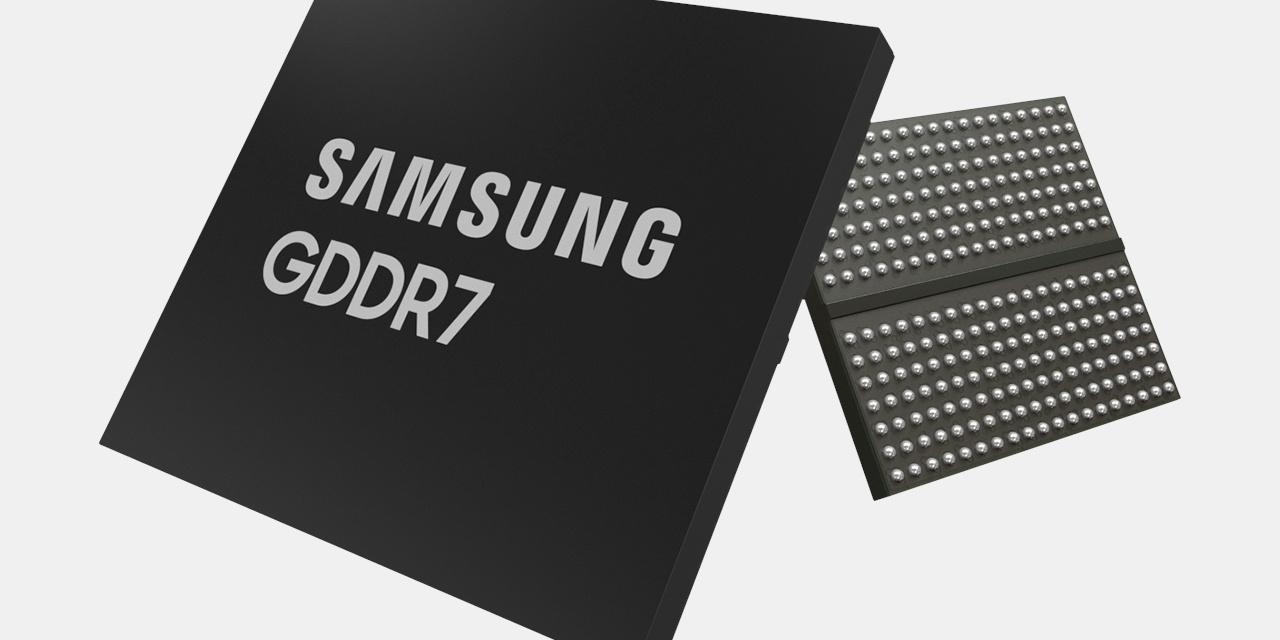
Samsung has completed the world’s first GDDR7 memory chip, in news that’s been branded as unexpected by most industry watchers. According to Samsung, this new chip will offer a power efficiency improvement of 20% over the previous generation of GDDR6 chips, while also offering a data transfer rate of 32 GT/s, and pulse-amplitude modulation (PAM3) signaling.
Samsung claims that this new chip will deliver a 20% improvement in power efficiency over GDDR6, but hasn’t provided any way of tracking its workings, so we’ve had to take them at their word for now. However, it’s likely it’s measured in power per transferred bit, and would mean GDDR7 is a lot more efficient than GDDR6. This won’t mean it’ll consume less power than GDDR6 though, as the PAM3 encoding used in the device will require more power.
Data transfer rate is also a big winner here, with the GDDR7 16GB device being capable of a data transfer rate of 32 GT/s, which translates to a bandwidth of 128 GB/s. That’s a serious uptick in performance from previous generations of GDDR6 chips, which topped out at 22.4 GT/s and 89.6 GB/s. In a real world example, the GDDR6 in the Nvidia GeForce RTX 4090 hits 1.008 TB/s, whereas a theoretical 384-bit memory subsystem with Samsung’s new chip would be capable of 1.536 TB/s — an incredible upgrade.
That level of increase is thanks to Samsung’s implementation of PAM3 signaling, which uses three levels of distinct signals (-1, 0, and +1) instead of two, which means three bits of data can be transferred in two cycles, rather than just two, which makes it far more efficient than the two-level signaling used by the NRZ in GDDR6. However, it is more complex and power hungry than NRZ, which means PAM3 has more than its own fair share of downsides. However, it seems the upsides are worth the risks, and GDDR7 and USB4 v2 are set to adopt it.
Samsung hasn’t said when it plans to start mass production of GDDR7 components, and hasn’t confirmed the process technology that will be used either. However, expect it to land in time with Nvidia’s and AMD’s usual two year update schedule — which means we can expect to see it in 2024.
